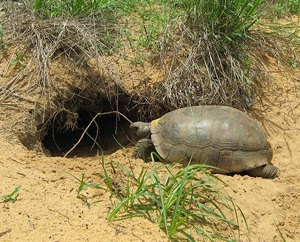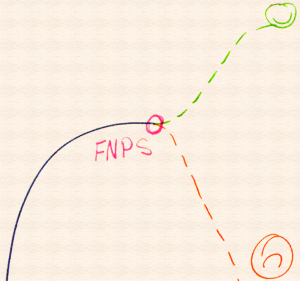THEY are the Champions

Although it was not a national champ, this bald cypress (nicknamed "The Senator") was the largest native tree in FL until it was destroyed in 2012. It stood 118' tall, measured 425" in circumference, and its crown spread over an average of 57'. by Laurie Sheldon In the Beginning American Forests magazine has maintained a list of the biggest trees of each species in America since 1940. It began as the "American Big Trees Report," was re-titled the "Social Register of Big Trees" in 1961, and in 1978 it became the "National Register of Big Trees" - a publication in which more than 750 champions are crowned each year. To see the most current edition, click here . The Big Tree Program is active throughout the U.S., and its message has been the same for over 70 years: regardless of size, all trees are champions of the environment. Its goal is to preserve and promote the iconic stature of our country's living monarchs (its remar...


